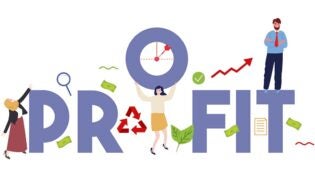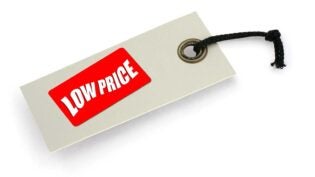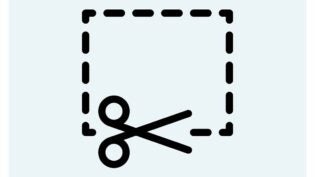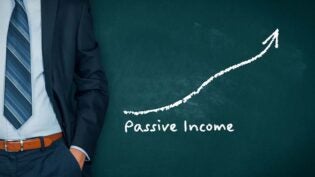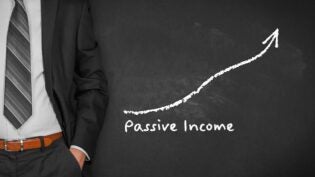A Sane Approach to Pricing for Someone New to Freelance
By: Rick Gossett

How do you handle pricing when you’re a freelancer? What type of freelance business are we talking about? It really doesn’t matter. The situation is similar for bookkeeping, web design, programming and any number of other service businesses that can be handled by a solo practitioner.
Start by understanding the nature of freelancing. It’s different than building an entrepreneurial business that will grow to employ tens or hundreds of workers. Your income will be based on your billing rate and your utilization factor. Not all of your time will be billable. There will be administrative tasks and there will be time spent marketing your services. Maximizing your income, however, requires that a high percentage of your work day be billable.
The higher you push your billing rate, the more likely you will have lower utilization (fewer billable hours). To some extent that’s a healthy exercise—so long as you are alert and don’t push the rate too far and too fast. Culling the customers who do not appreciate the value of your services is necessary if you’re going to grow your income to a comfortable level.
The right strategy is to set a billing rate that will be clearly attractive when compared to the same services being offered by a larger company. By keeping your overhead very low, you will have the flexibility to accept a lower hourly rate. Lower rates will allow you to bill more hours. When you approach capacity, it’s time to raise your rates.
Start by understanding the job market for an employee with your skillset. If companies are paying $60,000 for someone with comparable skills, that equates to roughly $30 per hour as a labor cost. That company is probably charging between 2.5 and 3.5 times the labor cost to its clients – maybe $75 to $105 per billable hour. If you offer your services at $50 per hour, and have very low overhead, you will reach $60,000 at 60% utilization, and at 80% utilization you will be billing $80,000. Then you should be looking to increase your rates. Over a relatively short period of time, you should be able to build your reputation as an independent service provider and your income should have moved into six figures.
There is an important principle that is difficult for many freelancers, but it’s a very necessary part of your success. Bill for all of your productive time: planning, design, implementation and follow up. As a new freelancer, you will likely get burned on fixed fee projects. Your clients will squeeze for more and more, and you will likely have bid the project based on a relatively tight scope. Your project will be relatively small to begin with, and change orders require time consuming exchanges between you and the client. Be transparent and willing to have an open conversation about the way you track your time.
Produce a superior work product and set your billing rate to undercut the larger provider. If your client balks at paying your all of your productive hours, then you know which client to replace. Firing clients isn’t your main objective, but it will be a necessary part of your success.
2013 Views






